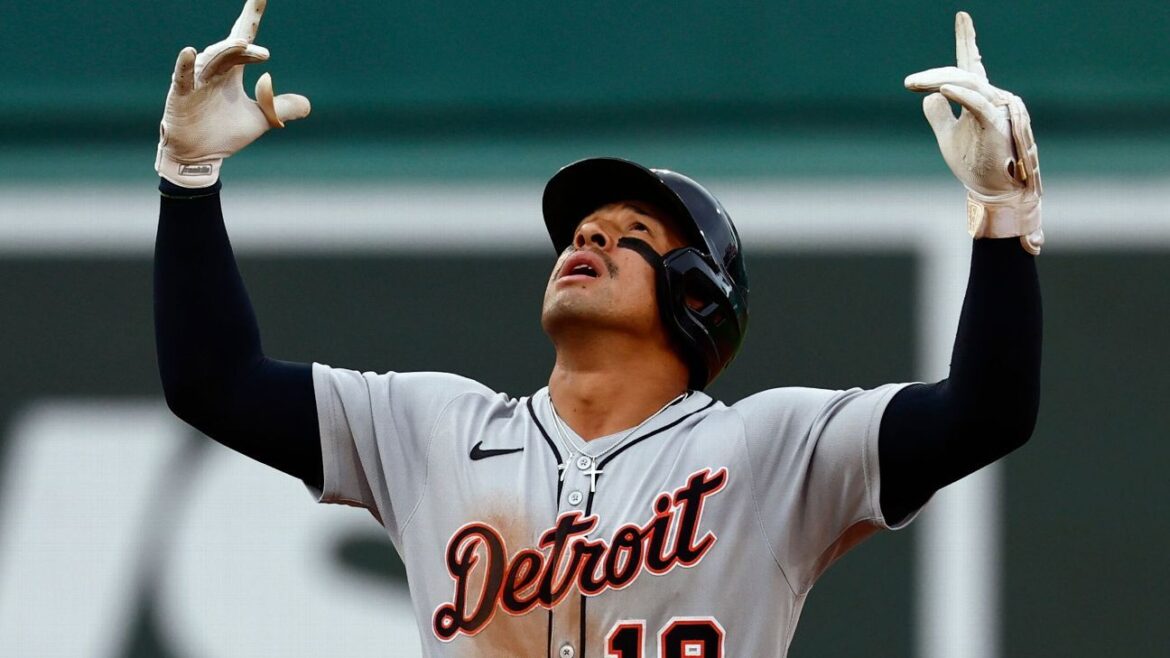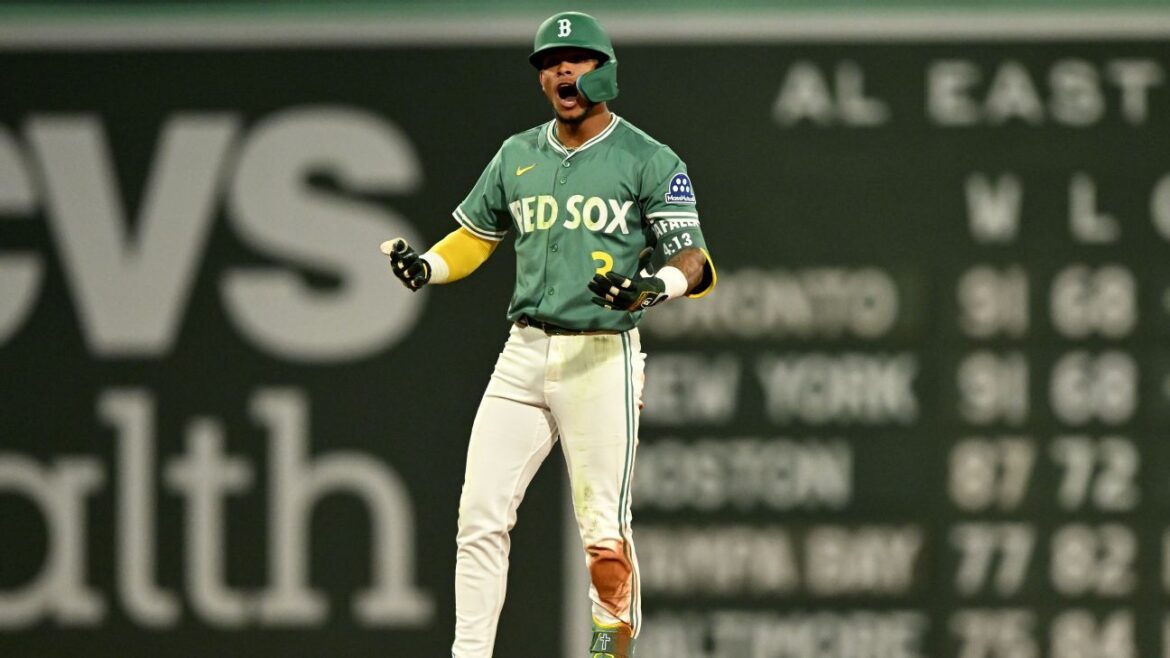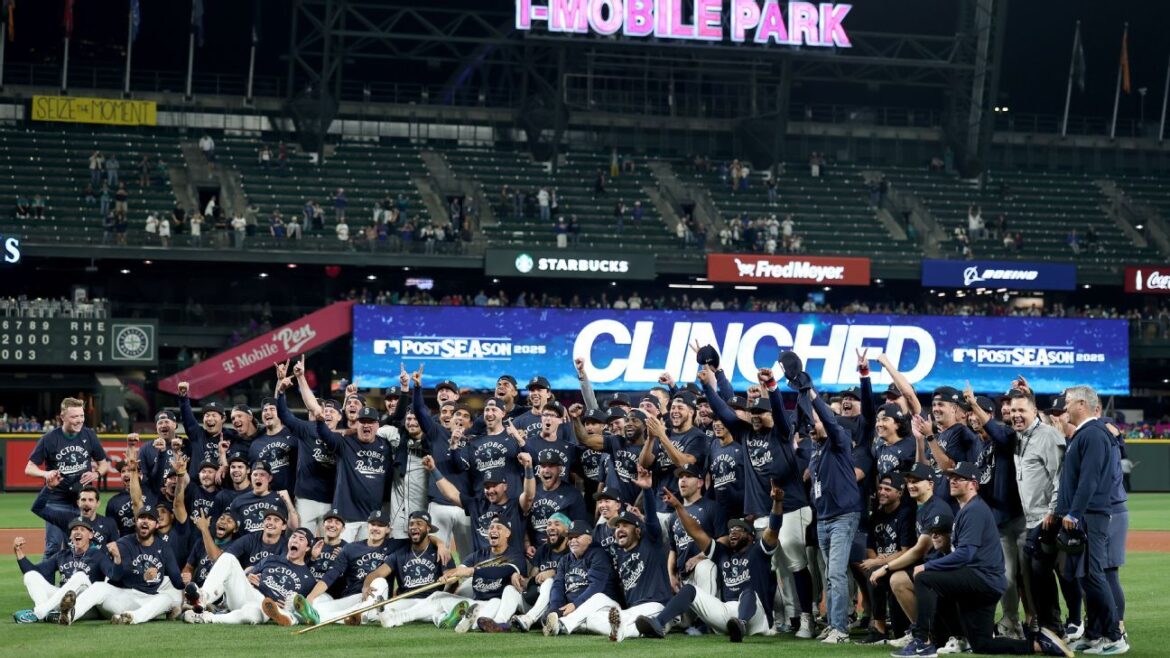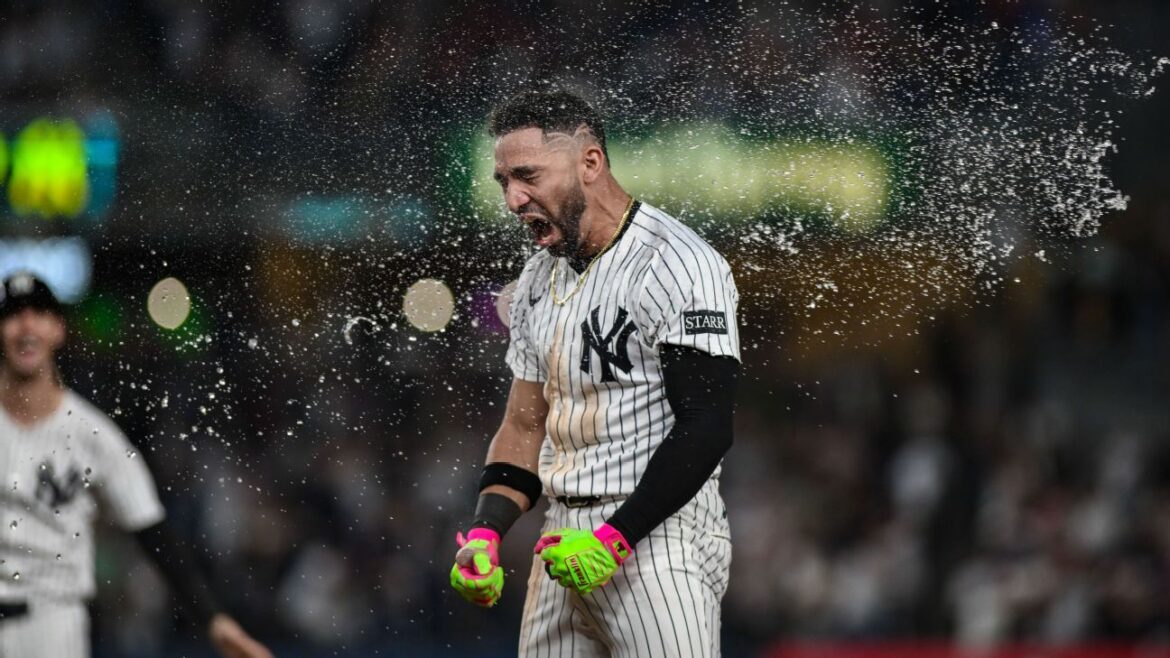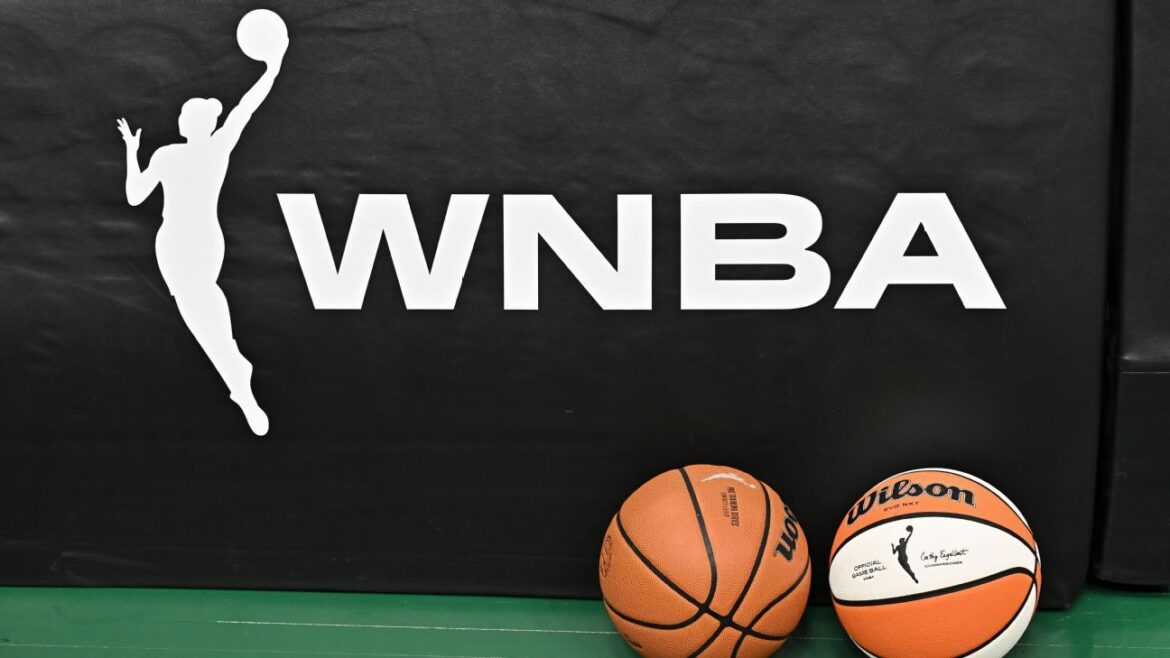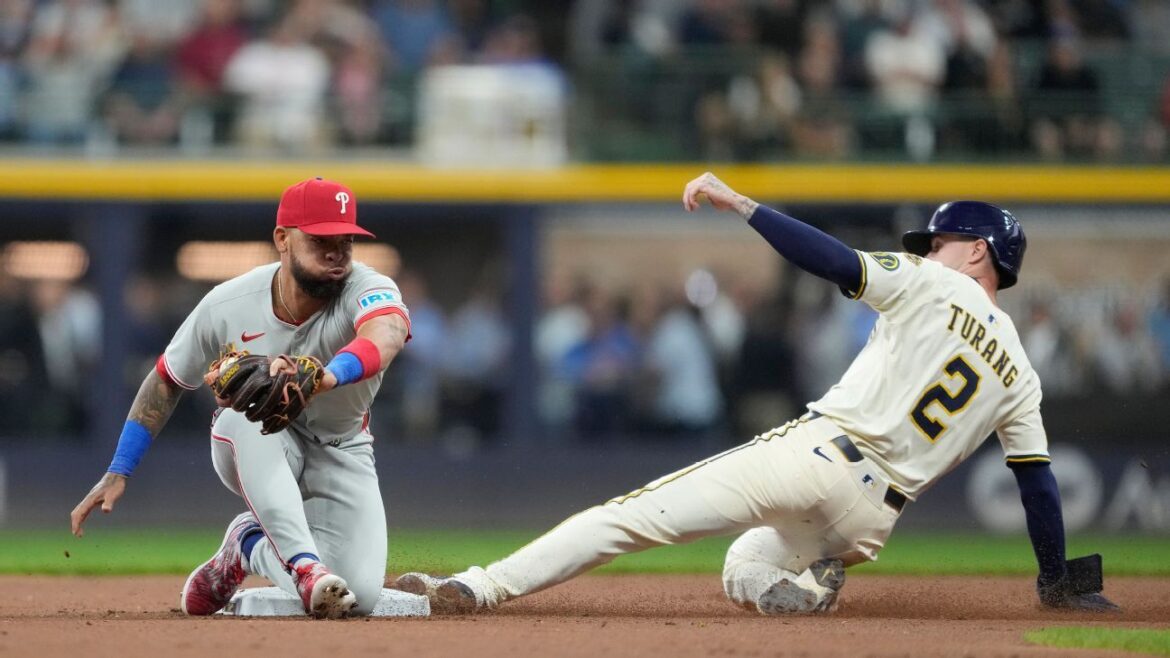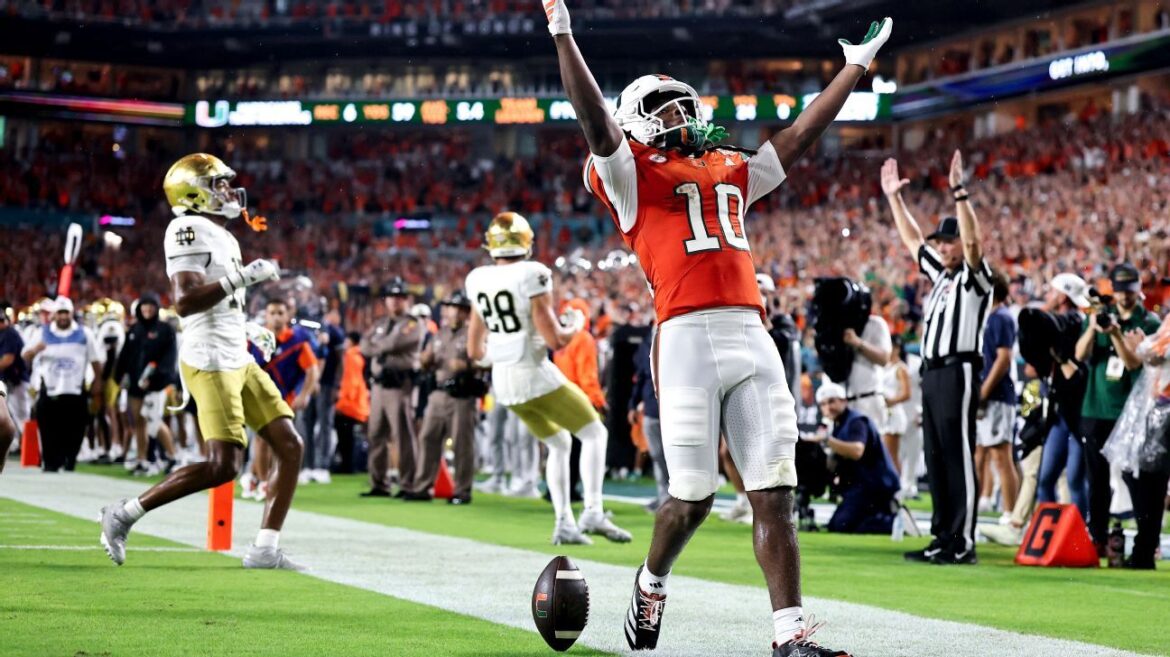BOSTON — Jahmai Jones hit a two-run single in the fifth inning, and the Detroit Tigers hung on to defeat the Boston Red Sox 2-1 on Saturday, clinching a spot in the American League playoffs for the second consecutive season.
Less than 24 hours after the Red Sox sealed their postseason berth, the Tigers claimed at least a wild card spot and pushed the Houston Astros closer to elimination. Detroit still could win the AL Central title but would need help from Texas, which played Cleveland on Saturday night.
Keider Montero and four relievers held Boston to one run and seven hits. Tyler Holton (6-5) got four outs for the victory. Will Vest pitched the ninth for his 23rd save.
Editor’s Picks
“Kind of a crazy ride, but it’s well worth it,” Tigers manager A.J. Hinch told his team in the clubhouse Saturday night during the celebration. “We went up, we went down, we went up again.”
The Tigers (87-74) led the division by as many as 14 games in July and still held a 9½-game lead on Sept. 11 before losses in 12 out of 14 games dropped them into a tie with Cleveland (86-74). The Guardians, who were in fourth place and 15½ games back on July 7, are 17-4 since Sept. 5 and hold the tiebreaker against Detroit.
Detroit has ace Tarik Skubal (13-6) lined up to pitch in Sunday’s regular-season finale, but the Tigers would love to save him for the postseason opener.
The Associated Press contributed to this report.

